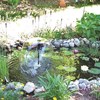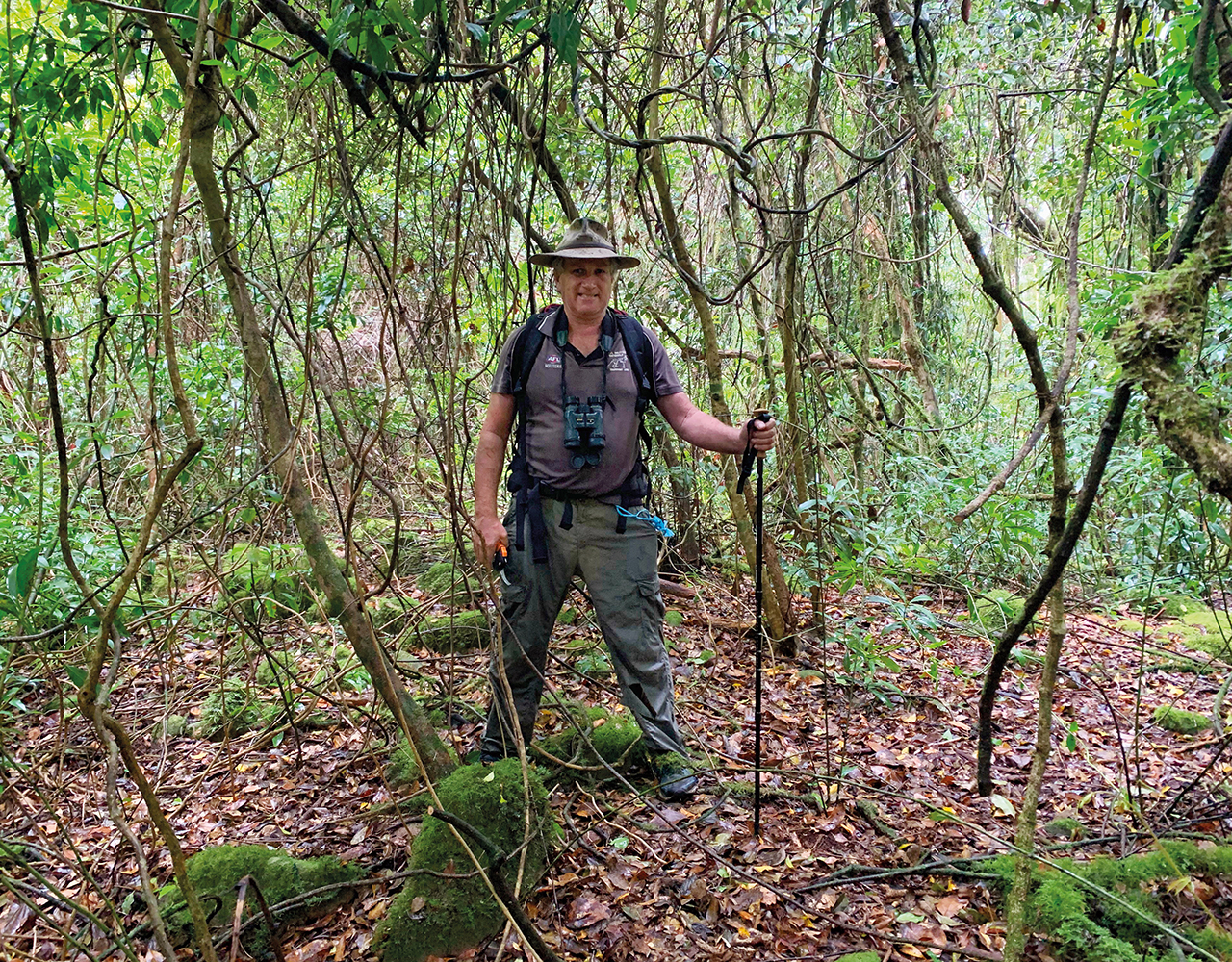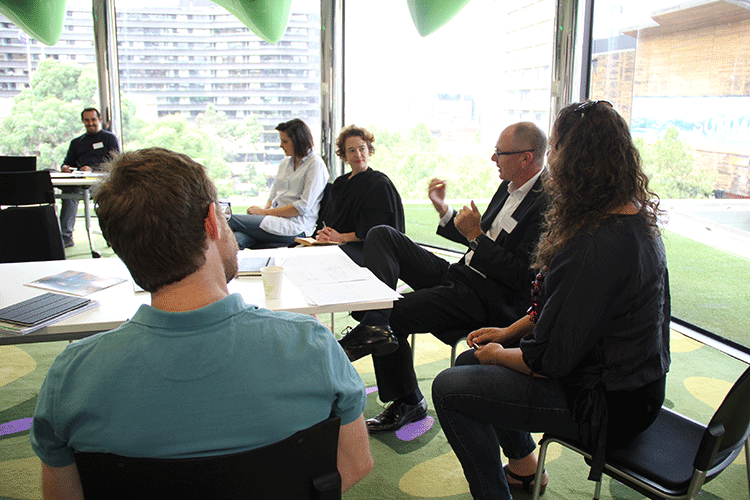
Seize the day
Monday, 07 August 2017Identifying opportunities for threatened species conservation
The TSR Hub workshop was led by RMIT and held in the appropriately named ‘Green Brain Room’ overlooking the city’s central business district. It brought together representatives from a range of sectors, and generated some 45 win-win project opportunities. What might it take to make them real? RMIT’s Dr Georgia Garrardexplains how the summit approached the challenge.
Change can be challenging. It can be disruptive, sometimes even overwhelming. But it also throws up new ideas, possibilities and opportunities. How do you identify and harness emerging opportunities when it comes to threatened species conservation? We believe it’s all about foresight and good networks. We need foresight from a diversity of sectors to identify which emerging trends will present in the near future, and then we need to foster cross-sectorial networks to ensure that these opportunities are appropriately resourced and implemented.
“On the second day of the summit we developed a business case or action plan for implementation of the four ‘leading’ opportunities.”
We compiled a list of these ideas and then, as a group, we selected a handful of them and workshopped pathways for how they might be realised. Part of the facilitation of these opportunities was through the development of new cross-sectorial networks and working relationships.
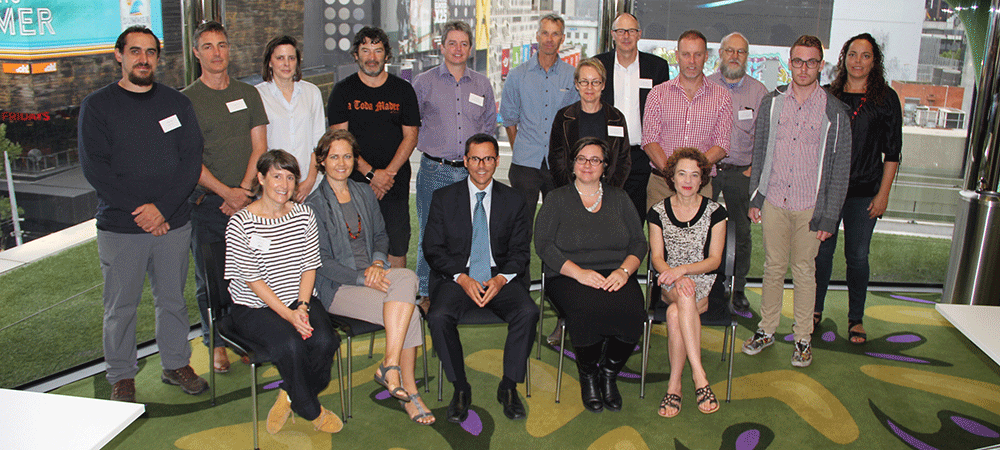
On the second day of the summit we developed a business case or action plan for implementation of the four ‘leading’ opportunities (as voted by summit participants). This involved consideration of, among other things:
- The Vision: What is the opportunity and why should anyone support it?
- Background: Relevant information including the current status, historical and policy contexts.
- Business Case: What is the product/opportunity? Who wants it?
-
Targets: Including specific species, locations, and business outcomes.
- Actions: What actions are required? By whom?
-
Potential opportunities for Indigenous communities
- Potential risks: What are the risks of failure? How can these be mitigated?
So what were the four leading opportunities from this process? They were:
- Iconic species in schools (in which every school in Australia adopts an iconic threatened species);
- Biodiversity Benefits from New or Retrofitted Infrastructure (such as new urban development in city centres);
- Adopt-a-Species (in which Australian corporations take responsibility for saving Australian native species); and
- Reintroduction of locally-extinct species to Traditional Owner lands (in which culturally important, but locally-extinct, native species are reintroduced to land managed by Traditional Owners).
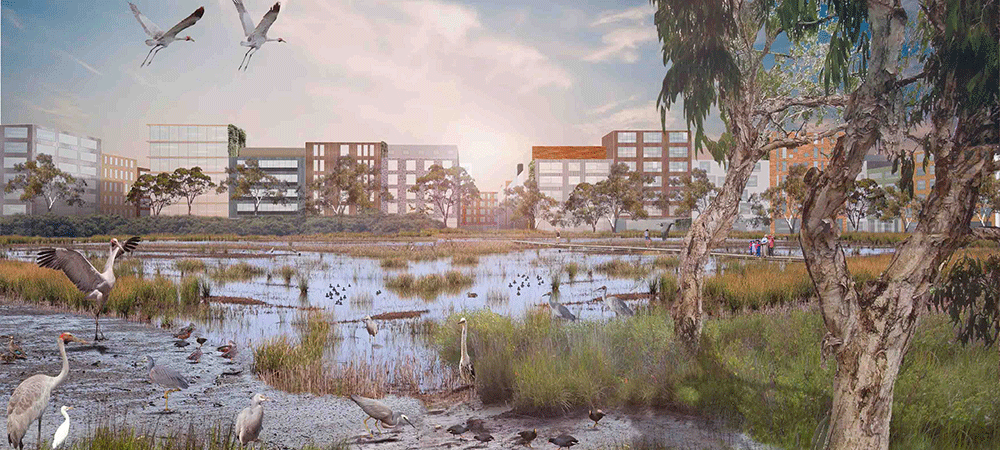
The summit is not the end of this process, it’s more the first step. We are now examining the potential to turn these opportunities into real projects. If you would like to learn more about the summit and the many opportunities it identified, please see the summit report or if you would like to discuss any aspect or join us in this get in contact.
For further information:
Top Image: Stuart Anstee (second from right) shares perspectives at the summit on the elements of an attractive conservation opportunity from the perspective of the mining sector. Image: David Salt
There is a growing international and national interest in methods of environmental accounting, such as the UN’s System of Environmental and Economic Accounts (SEEA), by both governments and private industry. Methods such as the SEEA provide a means of recognising the economic benefits that environmental services provide, which are often hidden in standard economic analysis. Accounting for the flow-on benefits of clean water from areas of native vegetation to cities, of remnant vegetation to the productivity of farmland, or of biodiversity to tourism or to human health, can help businesses make better decisions on the use of natural resources to maximise the economic, social and environmental benefit.
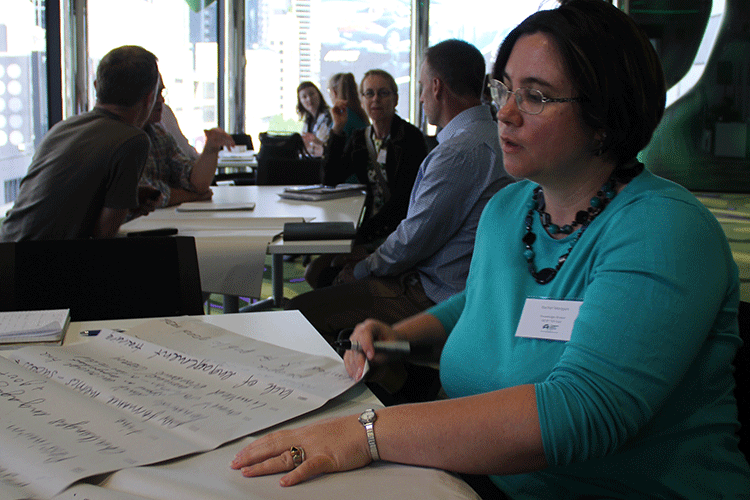
Another example lies in offsets. As Australia continues to develop its regions, its cities, and its infrastructure, making strategic decisions that better inform how to offset the impacts of development is vital. This is not just a matter of setting aside parcels of land. The most effective way of helping a particular ecological community or threatened species population may be something quite different: improving water flow, controlling predators, providing artificial habitat. Research is helping us make informed strategic decisions on the most effective way to invest in offsets.
And then there’s whole area of risk and uncertainty. The finance and insurance sectors are already beginning to draw on knowledge of environmental futures, particularly the projected impacts of climate change, to inform their analysis of risk and their investment decisions. But environmental risk is much bigger than just climate change. For example, the cost of a development project can skyrocket if it unexpectedly encounters a risk to biodiversity, where a simple alternative may have been available. Researchers with skills in project prioritisation for threatened species recovery have developed techniques that aid decision- making in the face of uncertainty and complexity. Based on scientific principles, these techniques could be used to develop tools that support investors and insurers to manage risk and make effective investment decisions.
Rachel Morgain
